Disclosure: This article contains affiliate links. We may earn a commission from purchases at no extra cost to you, which helps our travel content.
The morning light breaks through a thin veil of mist hanging over the Willamette Valley, casting the world in a golden hue that photographers dream about. I stand at the edge of a rolling field, my camera ready to capture that fleeting moment when the light transforms the ordinary into something magical. This is Eugene, Oregon in fall—a photographer's paradise where the vastness of valley landscapes meets a surprisingly vibrant urban art scene. As someone who's spent years documenting the world's great plains and open spaces, I found myself drawn to this corner of the Pacific Northwest, where the valley's expansive beauty reminds me of those first photographs I took on my grandfather's Wyoming ranch, yet with a character entirely its own. For the next week, my camera and I would explore this dynamic region, from dawn shoots in dewy fields to evening walks capturing colorful murals that tell the story of a city with a creative soul.
Chasing Golden Hour in the Willamette Valley
There's something about plains and valleys that speaks to my soul. Perhaps it's those teenage years spent on my grandfather's Wyoming ranch, where I first learned to appreciate how light moves across open spaces. The Willamette Valley offers this same magic, but with its own Pacific Northwest character—less harsh than the high plains, softer and more forgiving to the camera.
My first morning in Eugene, I rose before dawn and drove east toward Mount Pisgah. The arboretum there provides elevated views that let you capture the valley awakening. I set up my tripod and waited as the landscape transformed minute by minute. The key to shooting valleys is patience—waiting for that perfect moment when fog lifts partially, creating depth and mystery while the golden light skims across the landscape.
What surprised me most was how the agricultural patterns created natural leading lines in my compositions. Rows of crops, fence lines, and the meandering Willamette River all offered visual pathways that I used to draw the viewer's eye through the frame. I found myself switching between my wide angle lens for sweeping landscapes and my 70-200mm to compress and isolate interesting patterns in distant fields.
The valley's horse farms particularly captured my attention. As someone who's photographed horse cultures across multiple continents, I couldn't resist stopping at several ranches along Territorial Highway. With permission from friendly owners, I spent a magical sunset shooting silhouettes of horses against the golden valley backdrop—a scene that transported me back to those formative days when I first fell in love with photography.

💡 Pro Tips
- Visit Mount Pisgah Arboretum for elevated views of the valley—arrive at least 30 minutes before sunrise
- Always ask permission before photographing on private ranch property—most owners are friendly if you explain your project
- Bring polarizing filters to manage glare off morning dew and enhance the richness of fall colors
The Technical Side: Gear for Valley & Urban Photography
Shooting both vast landscapes and detailed urban art requires versatility in your kit. For this trip, I traveled relatively light but prepared for Eugene's variable fall weather. My camera backpack has been my loyal companion across four continents, and its weatherproof exterior proved essential during a couple of unexpected Oregon showers.
For valley landscapes, I primarily relied on my full-frame camera with three key lenses: a 16-35mm for those sweeping valley vistas, a 24-70mm for versatility, and a 70-200mm for compressed landscape shots that highlight the layering effect of the valley's rolling terrain. A polarizing filter was essential for managing glare off morning dew and enhancing the richness of fall colors.
When shooting in the valley during fall, the light changes quickly. I found myself constantly adjusting exposure as clouds moved across the sun. Bracketing exposures became second nature, especially during those dramatic early morning shoots when the dynamic range exceeded what my sensor could capture in a single frame.
For urban photography, I switched to a lighter setup, often just carrying my camera with a 35mm prime lens—perfect for street photography and capturing the detailed murals throughout Eugene. The fast aperture let me work in the diminishing light of evening, when the urban art often takes on a new character under artificial lighting.
Don't underestimate the importance of a good tripod for those dawn and dusk landscape shots. My carbon fiber model is lightweight enough to hike with but sturdy enough to remain stable in the valley breezes that picked up each afternoon.
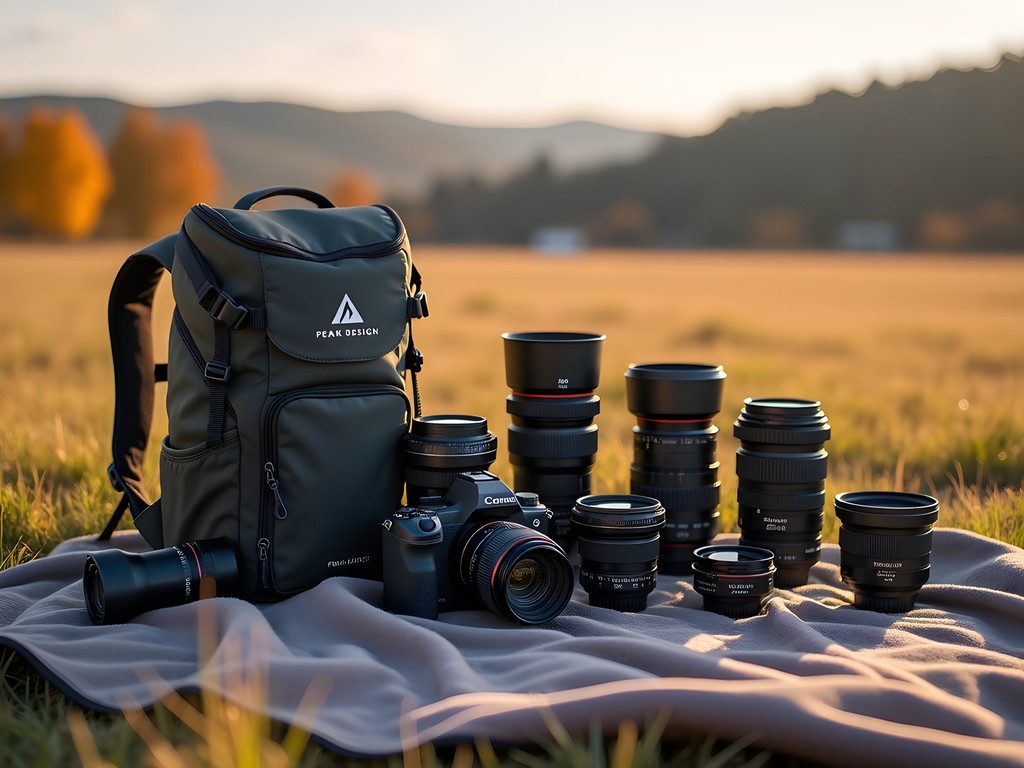
💡 Pro Tips
- Carry microfiber cloths to manage condensation on your lens during misty morning shoots
- Use a graduated ND filter when shooting toward the sunrise to balance exposure between sky and land
- Set up your camera's custom functions for quick switching between landscape and detail shooting modes
Eugene's Urban Canvas: Photographing Street Art
Eugene surprised me. For a city of its size, the density and quality of its street art rivals much larger urban centers. After spending mornings in the valley's open spaces, I dedicated my afternoons to exploring Eugene's vibrant mural scene, which offered a fascinating contrast to the natural landscapes.
The 20x21EUG Mural Project has transformed downtown Eugene into an open-air gallery, with works by international and local artists adorning buildings throughout the city. As a photographer, these colorful murals presented both opportunities and challenges. The scale of some pieces required creative framing—sometimes I'd focus on capturing interesting details rather than attempting to document the entire mural in one frame.
Lighting proved critical when photographing these urban artworks. Early morning or late afternoon provided directional light that revealed texture in the murals, while avoiding the harsh shadows and reflections of midday. I often found myself returning to the same mural at different times to capture how changing light transformed its appearance.
Whiteaker neighborhood became my favorite hunting ground for authentic street art. This bohemian district houses some of Eugene's most interesting pieces, and the gritty urban textures surrounding the artwork added context and depth to my photographs. I spent hours wandering these streets, my camera strap keeping my gear comfortable and ready as I documented this unexpected side of Eugene.
What struck me most was how the urban art reflected themes I'd observed in the valley—there's a reverence for nature and open space even in Eugene's most urban expressions. This connection between the city's art and its surrounding landscape became the thematic thread that tied my photographic project together.
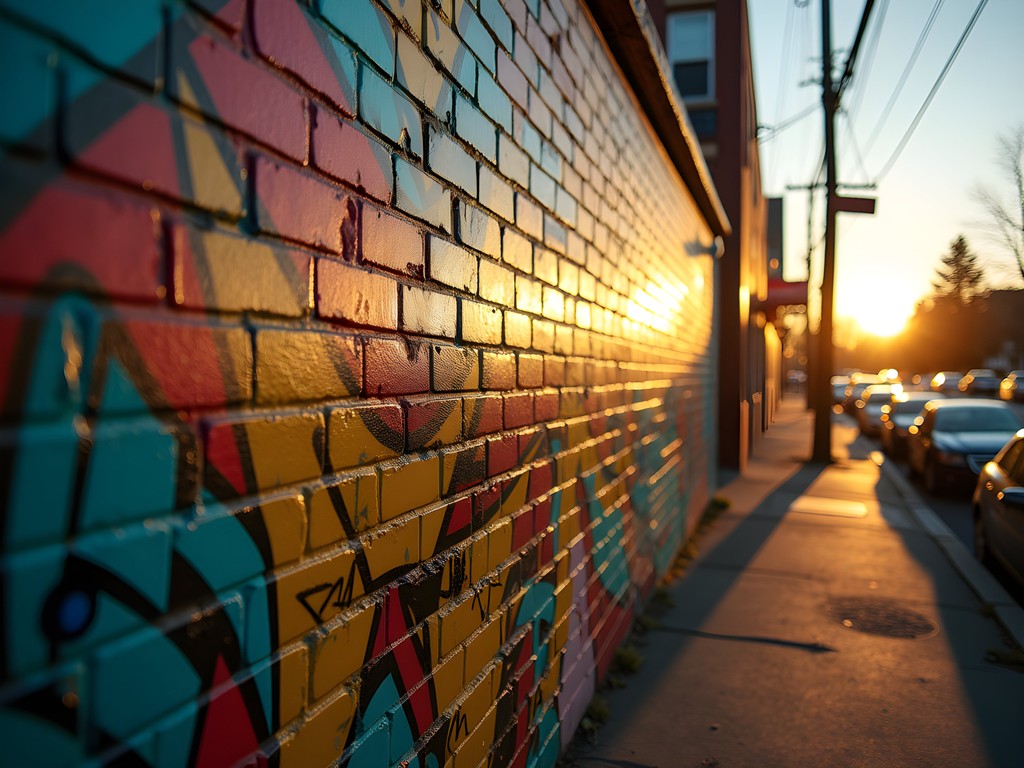
💡 Pro Tips
- Download the Eugene mural map before exploring to efficiently locate key pieces
- Photograph murals during early morning or late afternoon for the best light and fewest people
- Include environmental elements in some shots to provide context for the urban art
Finding Horses in the Valley: Connecting to My Photographic Roots
My passion for photographing horse cultures began on my grandfather's Wyoming ranch, so I made it a priority to connect with Eugene's equestrian community. The Willamette Valley's rich agricultural heritage includes a thriving horse culture that ranges from working ranches to competitive training facilities.
I spent a memorable morning at a family-owned quarter horse ranch near Creswell, about 10 miles south of Eugene. The owners welcomed me after I explained my project documenting horse cultures around the world. They were preparing horses for the upcoming fall events, and the scene of riders working with their horses in the misty morning light created images that felt timeless.
The technical challenge of photographing horses in motion pushed my skills. I relied on my telephoto lens with its excellent image stabilization to capture sharp images even in the soft early light. The lens's compression effect also helped isolate the horses against the valley background, creating those layered compositions I love.
What struck me was how the landscape shaped the equestrian activities here—different from the wide-open plains I'm accustomed to photographing. The valley's rolling terrain and tree-lined horizons created natural framing elements that added depth to my compositions. I found myself looking for moments when horses crested hills, creating dramatic silhouettes against the morning sky.
These sessions reconnected me with why I began photography in the first place—that desire to document the relationship between people, animals, and landscape. In the Willamette Valley, I found a horse culture that might be less known than those in Montana or Kentucky, but one that's deeply connected to the land and worth preserving through photography.
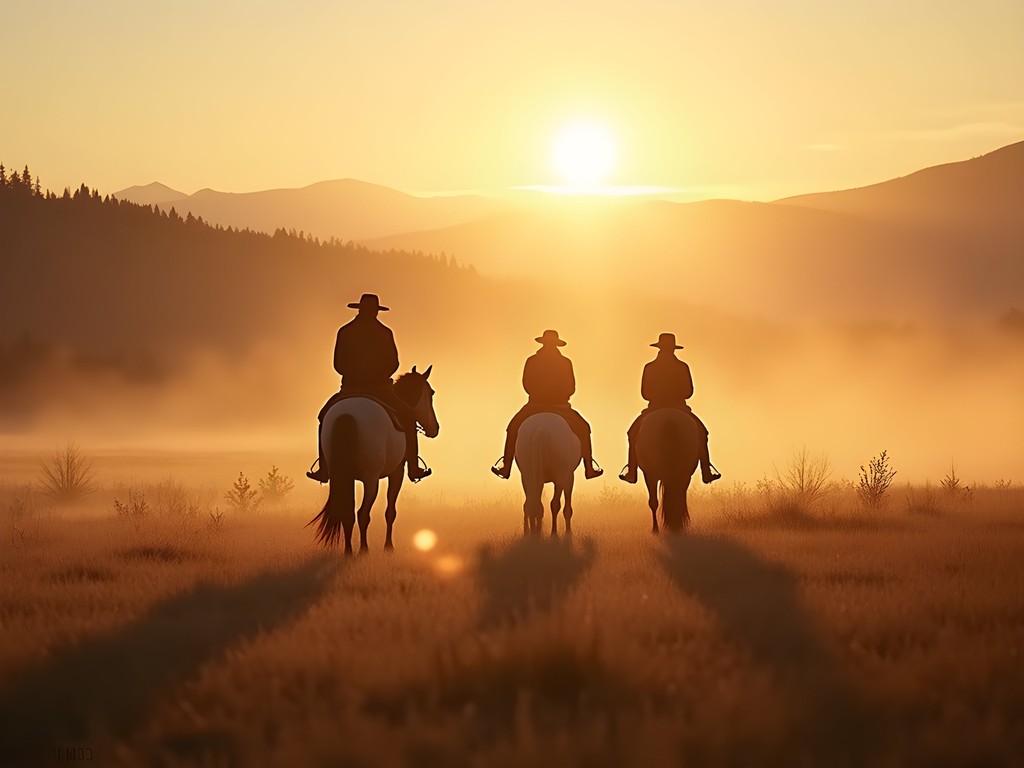
💡 Pro Tips
- Contact ranches or equestrian centers in advance—most appreciate photographers who respect their property and animals
- Use a minimum shutter speed of 1/500s when capturing horses in motion
- Look for moments that show the relationship between riders, horses and the landscape
The Unexpected Magic of Eugene's Covered Bridges
While researching photographic opportunities around Eugene, I discovered that Lane County houses more historic covered bridges than any other county west of the Mississippi. These architectural treasures offered a perfect complement to my landscape and urban photography, adding a human element to the natural beauty of the region.
I dedicated a full day to creating a covered bridge circuit, mapping out six bridges within driving distance of Eugene. The Dorena Bridge became my favorite—its location spanning the Row River creates perfect reflections on still mornings. I arrived before sunrise, set up my neutral density filter to allow for longer exposures, and captured the bridge with its reflection as the first light painted the scene.
Photographing these structures taught me to see beyond the obvious postcard shot. While the exterior views are certainly picturesque, I found equally compelling images inside the bridges, where light filters through cracks and openings, creating dramatic patterns on the wooden interiors. These structures became a study in light and shadow, history and craftsmanship.
The fall timing of my visit couldn't have been better. The bridges, many painted in rustic red, stood in beautiful contrast to the yellows and oranges of autumn foliage. I experimented with compositions that framed the bridges with overhanging branches, adding seasonal context to these historic structures.
What made these covered bridge photographs meaningful was understanding their place in the valley's story. Built primarily in the early 20th century, they represent the ingenuity of early settlers who designed the covers to protect the wooden bridge structures from Oregon's abundant rainfall. Like my work documenting horse cultures, these images preserve a connection to the region's past while celebrating its present beauty.
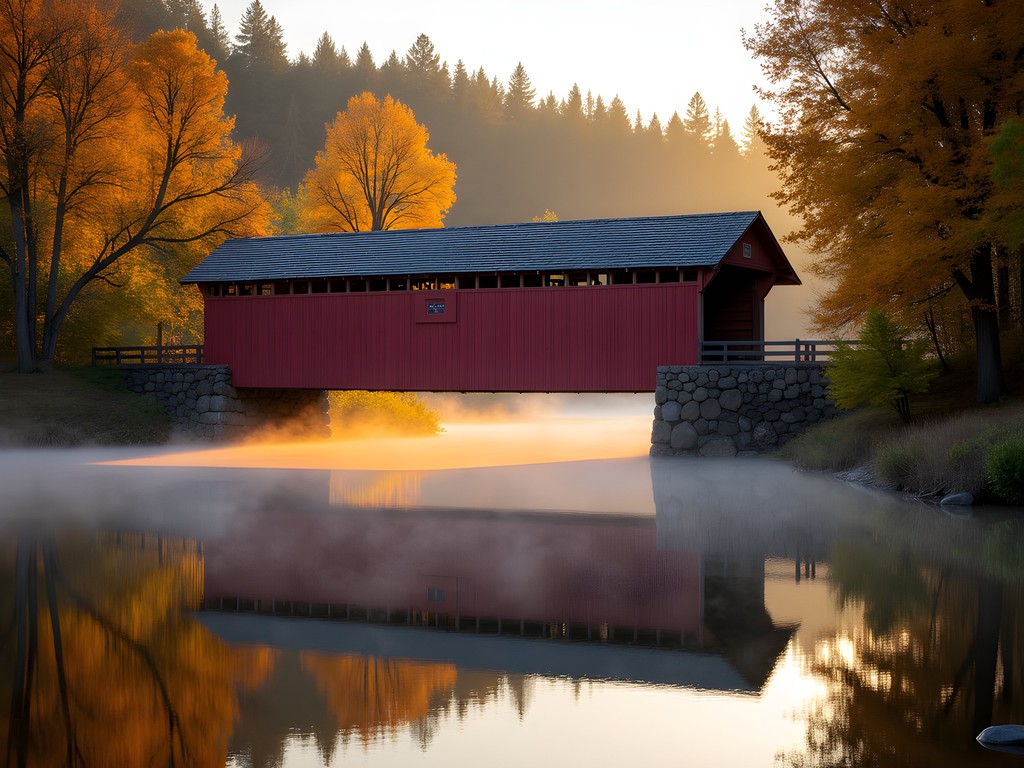
💡 Pro Tips
- Visit covered bridges early morning or late afternoon when light angles through the structures most dramatically
- Include a human element in some shots to provide scale and storytelling dimension
- Use Lane County's official covered bridge map to plan an efficient photography route
Final Thoughts
As I pack my gear on the final morning, reviewing the images from a week in Eugene, I'm struck by how this corner of Oregon offered such diverse photographic opportunities. From misty valley landscapes that reminded me of my first photographic love, to vibrant urban art that tells the story of a creative community, Eugene proved to be a perfect destination for photographers seeking variety. The horse culture I connected with and the historic covered bridges I documented added layers to my understanding of this region—a place where past and present, urban and rural exist in beautiful balance. If you're a photographer seeking to expand your portfolio with landscapes, architecture, and urban art, Eugene deserves a place on your list. The fall colors may fade, but the images I've captured will continue to tell the story of this valley long after I've returned home. As with every place I photograph, I leave with more than just images—I carry with me a deeper appreciation for how landscapes shape the communities that inhabit them, and how light transforms everything it touches.
✨ Key Takeaways
- Eugene offers exceptional photographic diversity from landscapes to urban art in a compact region
- Fall provides optimal conditions with golden light, morning mist, and vibrant colors
- The Willamette Valley's horse culture offers unique opportunities to photograph equestrian life
- Lane County's covered bridges provide architectural subjects that connect to the region's history
- Early morning and late afternoon golden hours provide the most magical lighting conditions for valley photography
📋 Practical Information
Best Time to Visit
September-October for fall colors and optimal photography conditions
Budget Estimate
$1,200-1,500 for one week (lodging, car rental, food, photography permits)
Recommended Duration
5-7 days
Difficulty Level
Intermediate
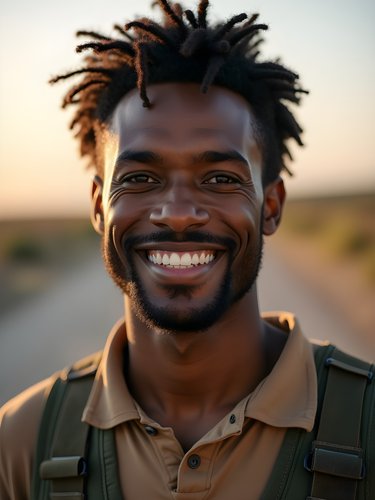
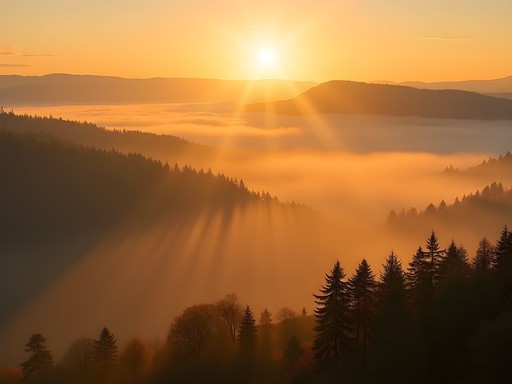

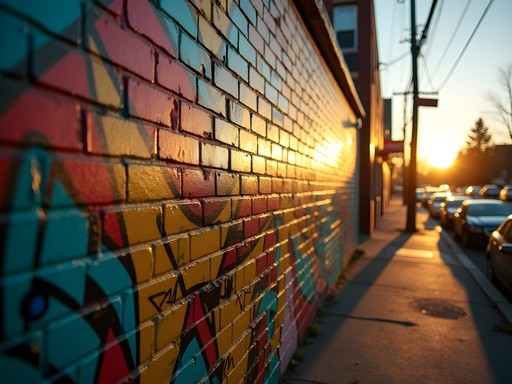
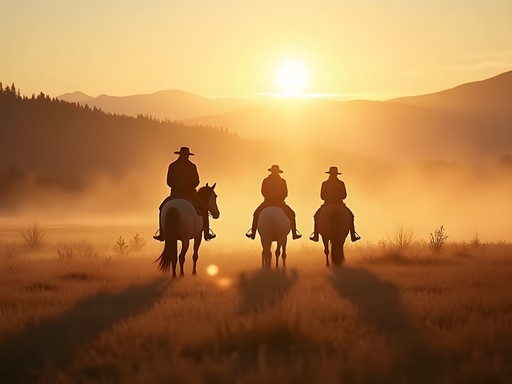
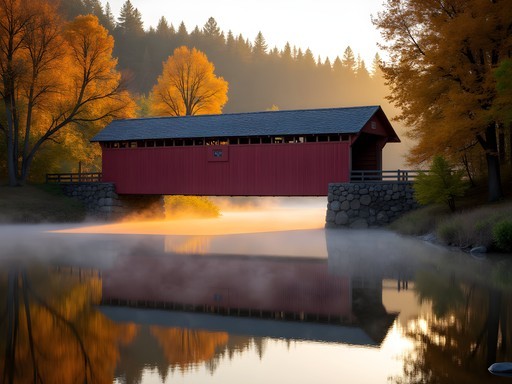




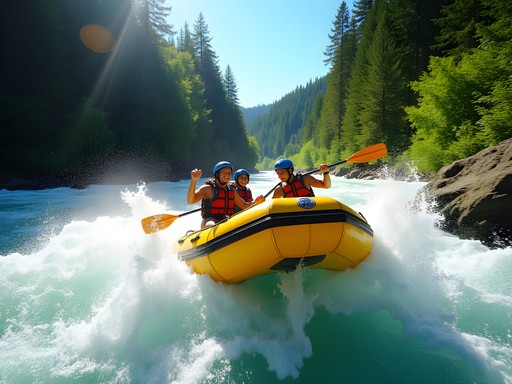
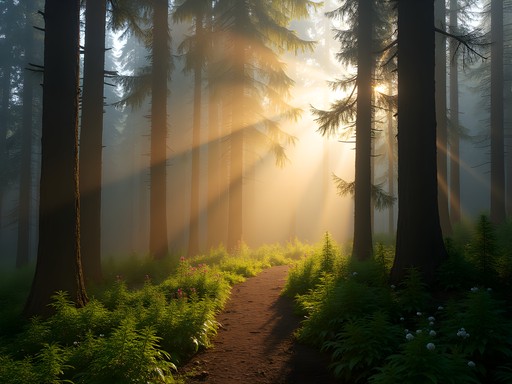
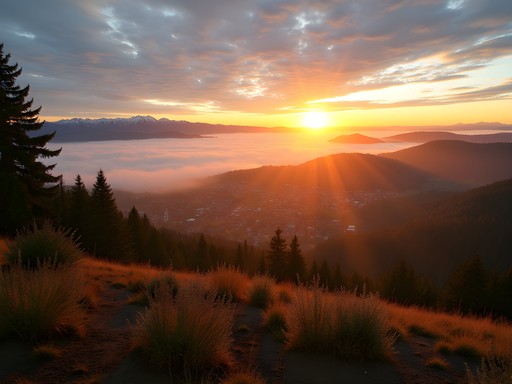



Comments
Fatima Sims
Preston, your post transported me right back to my own adventure in the Willamette Valley! Last summer, I found myself wandering through those same misty fields at dawn, though I didn't have your photographer's eye to capture it so beautifully. There's something magical about how the morning light filters through the valley fog, isn't there? Your section about photographing horses resonated deeply with me. I stumbled upon a small farm just outside Eugene where this gorgeous chestnut mare kept following me along the fence line as if posing for photos. The owner came out and shared stories about Oregon's equestrian history that added such rich context to my images. For anyone inspired by Preston's urban art photos - don't miss the 20x21 EUG Mural Project walls. They're constantly adding new pieces, and the afternoon light creates these dramatic shadows that add dimension to your shots!
starking
That 20x21 project is amazing! Saw it last year.
nomadstar
Just got back from Eugene last week and your photos capture the essence perfectly! The downtown murals were even better in person. Did you check out the Saturday Market? The artisan crafts there made for some amazing close-up photography opportunities.
wanderlustguide6120
Love the street art section! Is there a particular neighborhood in Eugene that has the best concentration of murals? Planning a visit this summer.
skystar
I'm heading to Eugene next month and want to try some photography while I'm there. Any specific spots for capturing that morning mist you mentioned? I'm a total beginner btw!
Fatima Sims
Not Preston, but I was in Eugene last summer! For morning mist shots, try heading to Skinner Butte Park around sunrise. There's a viewpoint that overlooks the valley and the mist often settles beautifully below. Bring a hot coffee though - those mornings are chilly even in warmer months!
skystar
Thanks so much Fatima! Adding Skinner Butte to my list. Any camera settings tips for a newbie?
Fatima Sims
For misty mornings, try shooting in aperture priority mode (A or Av on most cameras) with an aperture around f/8 to f/11 for good depth of field. And don't forget your tripod if you have one - those low light conditions need stability!
Sarah Powell
Preston, your composition techniques in the Willamette Valley shots are masterful. The way you've captured the interplay between light and landscape reminds me of my time photographing Kentucky's horse country. I particularly appreciate your technical breakdown of gear choices for different environments. Did you find any challenges balancing exposure when shooting both the bright valley vistas and the more shadowed urban art scenes? I've always found that transition requires significant adjustment to my workflow.
starking
Sarah's right about the compositions. That shot with the morning mist is frame-worthy!
globechamp
Those golden hour shots of the valley are INCREDIBLE! Definitely adding Eugene to my photography bucket list now!
oceanbackpacker
Just booked my trip to Eugene after seeing these photos! Can't wait!
wanderlustfan
Been to Eugene twice now and your photos capture it perfectly! For anyone heading there, I'd add that early September is magical for photography - the valley light is perfect and the summer crowds are gone. Also, don't miss the riverside bike paths for some unique perspectives of the city meeting nature.
winterone
Thanks for the September tip! Just changed my travel dates!
Marco Flores
Preston, your work continues to inspire! I was in Eugene last year for just two days during my Pacific Northwest adventure, and now I'm kicking myself for not staying longer. The juxtaposition you captured between the rural valley landscapes and urban art scenes is exactly what makes Oregon so special. I spent most of my time hiking Spencer Butte (got caught in the rain halfway up!), but missed photographing the street art completely. Your technique for shooting in that golden morning light is something I'm going to try on my next trip. Did you find the locals receptive to you photographing around their farms? I've always been a bit hesitant about that.
Preston Campbell
Thanks Marco! The locals were incredibly welcoming. I always make a point to ask permission when I'm on private property, and most farm owners were happy to chat and even suggested good vantage points. One couple even invited me in for coffee after I showed them some of my shots!
sunsetguide
Your horse photos are stunning! Such beautiful light.
Venture X
Premium card with 2X miles, $300 travel credit, Priority Pass